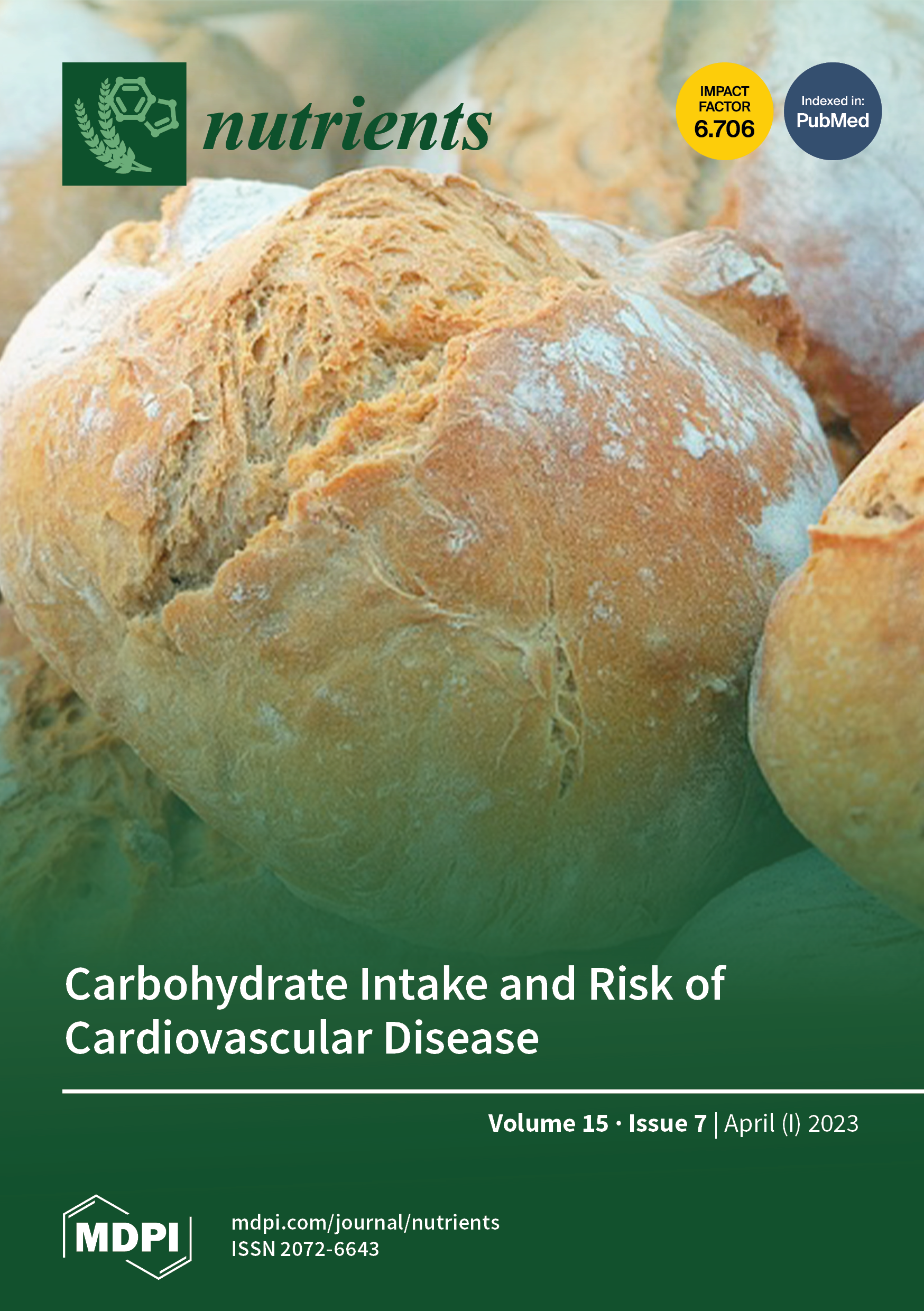When you think about the British royal family, the relationship between Princess Catherine of Wales and Queen Camilla stands out as particularly intricate.
Their paths to prominence were distinctly different, yet they now share a bond that has endured public scrutiny, shifting loyalties, and personal challenges.
Initially perceived as rivals, their connection has transformed into a captivating partnership that reflects the unpredictable nature of the monarchy itself.
Catherine’s journey into royal life was always going to be a bumpy ride.
Entering a world steeped in history and scandal, she quickly became a beloved figure.
Her grace, dedication to her royal duties, and natural charm endeared her to the public.
However, one significant hurdle loomed large: her relationship with Queen Camilla.
This dynamic was anything but straightforward, given Camilla’s controversial past as the woman entwined in the Charles and Diana saga.
When Camilla took on the role of consort to King Charles III, the public reaction was mixed.
Many still viewed her through the lens of past scandals, and there were whispers of her never being fully accepted within the royal family.
For Catherine, who came from a different background, sharing her royal future with Camilla must have felt intimidating.
After all, this was a woman whose very existence served as a reminder of a tumultuous chapter in royal history.
At first, it seemed likely that the relationship between Catherine and Camilla would remain strictly formal.
Observers expected the two women to maintain a facade of civility for the sake of the monarchy.
However, as time passed, a more profound transformation began to take shape.
Their dynamic evolved into something more authentic, moving beyond mere appearances to a genuine understanding of one another.
Camilla, with her extensive experience in royal life, became an unexpected mentor for Catherine.
She offered insights and guidance that only someone seasoned in the complexities of the monarchy could provide.
While Catherine was known for her composed demeanor, the pressures of royal life often weighed heavily on her.
Camilla, having faced her own struggles, learned how to navigate the palace’s intricate politics, which proved invaluable for Catherine as she adjusted to her new role.
Yet, their relationship wasn’t without its hurdles.
The monarchy is a competitive institution, and tensions simmer just beneath the surface.
Catherine, often compared to her late predecessor Diana, faced the burden of living up to a legacy that overshadowed her own.
Meanwhile, Camilla, now queen consort, understood the fragility of her position and the need for unity within the royal family.
Both women recognized that any fracture in their relationship could jeopardize not only their personal lives but also the future of the monarchy.
What started as a relationship forged out of necessity gradually blossomed into one of mutual respect.
Catherine and Camilla discovered common ground in their shared commitment to the royal family.
While Camilla’s experience gave her an edge, Catherine’s fresh perspective injected new life into the institution.
Together, they formed a partnership that was both surprising and essential for the monarchy’s evolution.
Their evolving relationship mirrored the broader changes within the royal family.
As they moved away from rigid traditions, Catherine and Camilla became symbols of a new era—one defined by complex relationships rather than strict hierarchies.
They represented different facets of the monarchy: Camilla, the resilient survivor, and Catherine, the bright future ready to reshape royal expectations.
Despite their growing bond, moments of tension still arose, especially concerning public perception.
Catherine, ever mindful of her public image, occasionally found herself at the center of media comparisons with Camilla.
The press, always eager for drama, often sensationalized their relationship, portraying it as a rivalry.
Yet, those who knew them saw a different story—one of solidarity and understanding amid external pressures.
As time went on, it became evident that their relationship transcended royal duty.
It was rooted in mutual respect and a shared commitment to the monarchy’s survival.
For Catherine, Camilla emerged as an unexpected source of strength, while for Camilla, Catherine symbolized hope for the future of the royal family.
Together, they struck a balance between honoring tradition and addressing contemporary needs.
The bond between Catherine and Camilla is emblematic of the monarchy’s evolving identity.
No longer bound by rigid structures, their relationship showcases adaptability and collaboration.
Though still developing, their partnership highlights the importance of understanding and respect in navigating the complexities of royal life.
In a world where the monarchy often faces scrutiny, the story of Catherine and Camilla is one of quiet resilience.
It illustrates how two women, each carrying the weight of their roles, have managed to work together amidst challenges and public pressure.
As the monarchy continues to adapt, this unlikely alliance will undoubtedly stand as a testament to the power of unity and the ability to navigate the intricate dynamics of royal life with grace and vision for the future.
Related Stories

